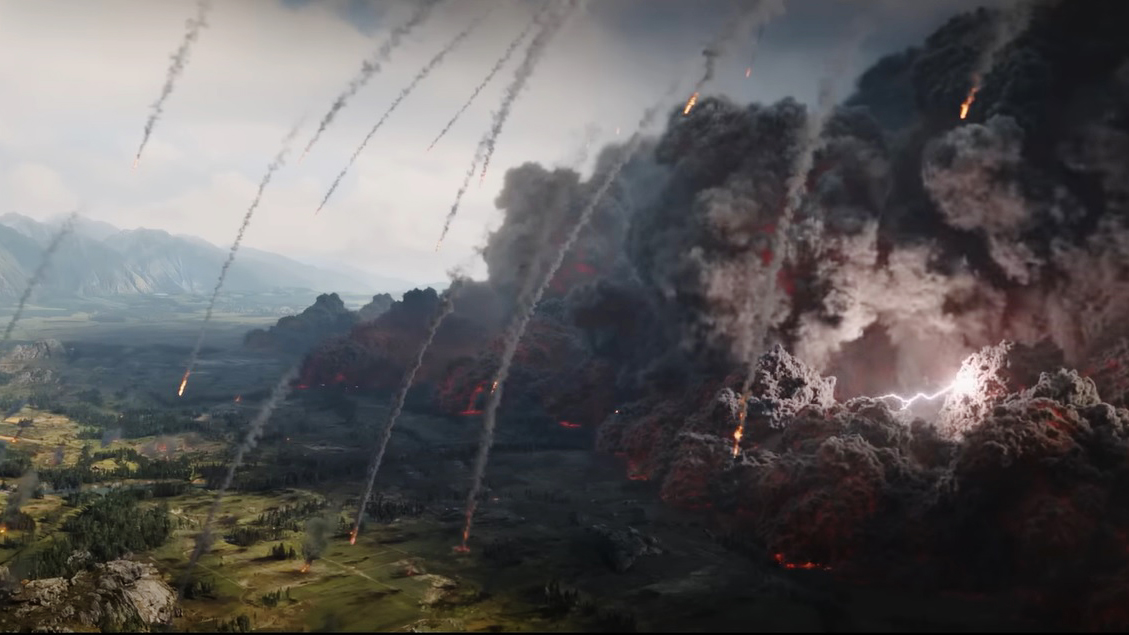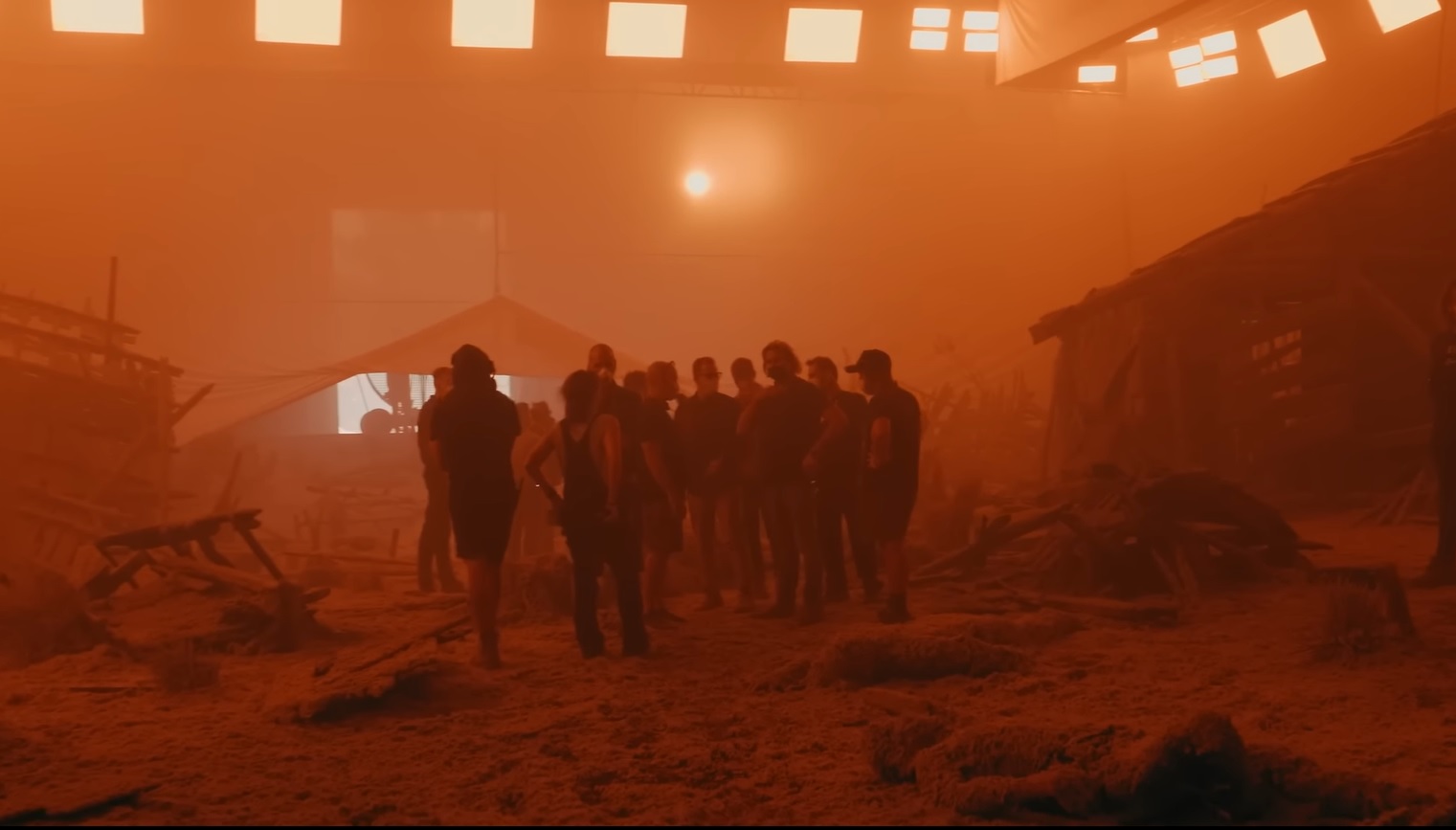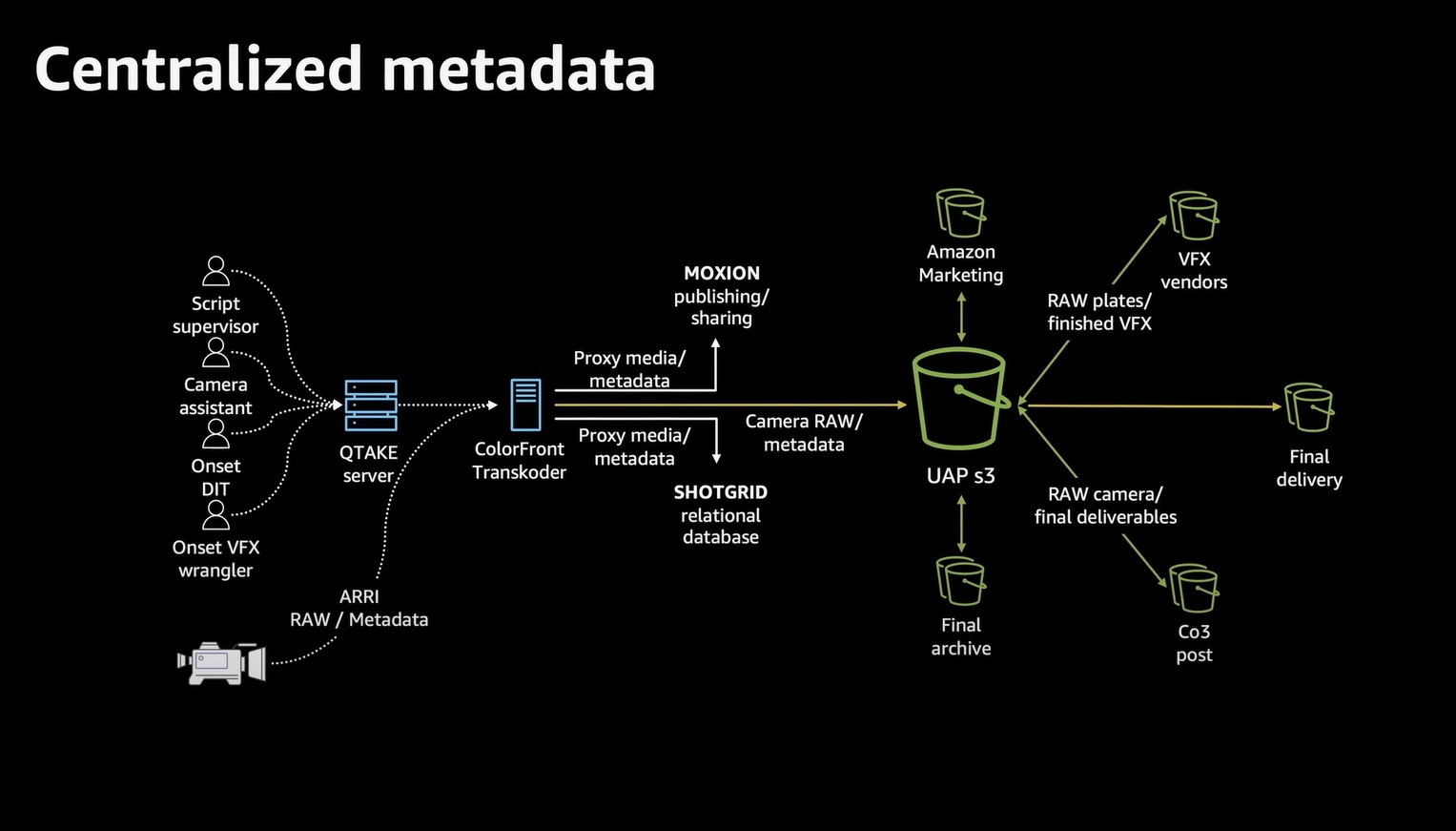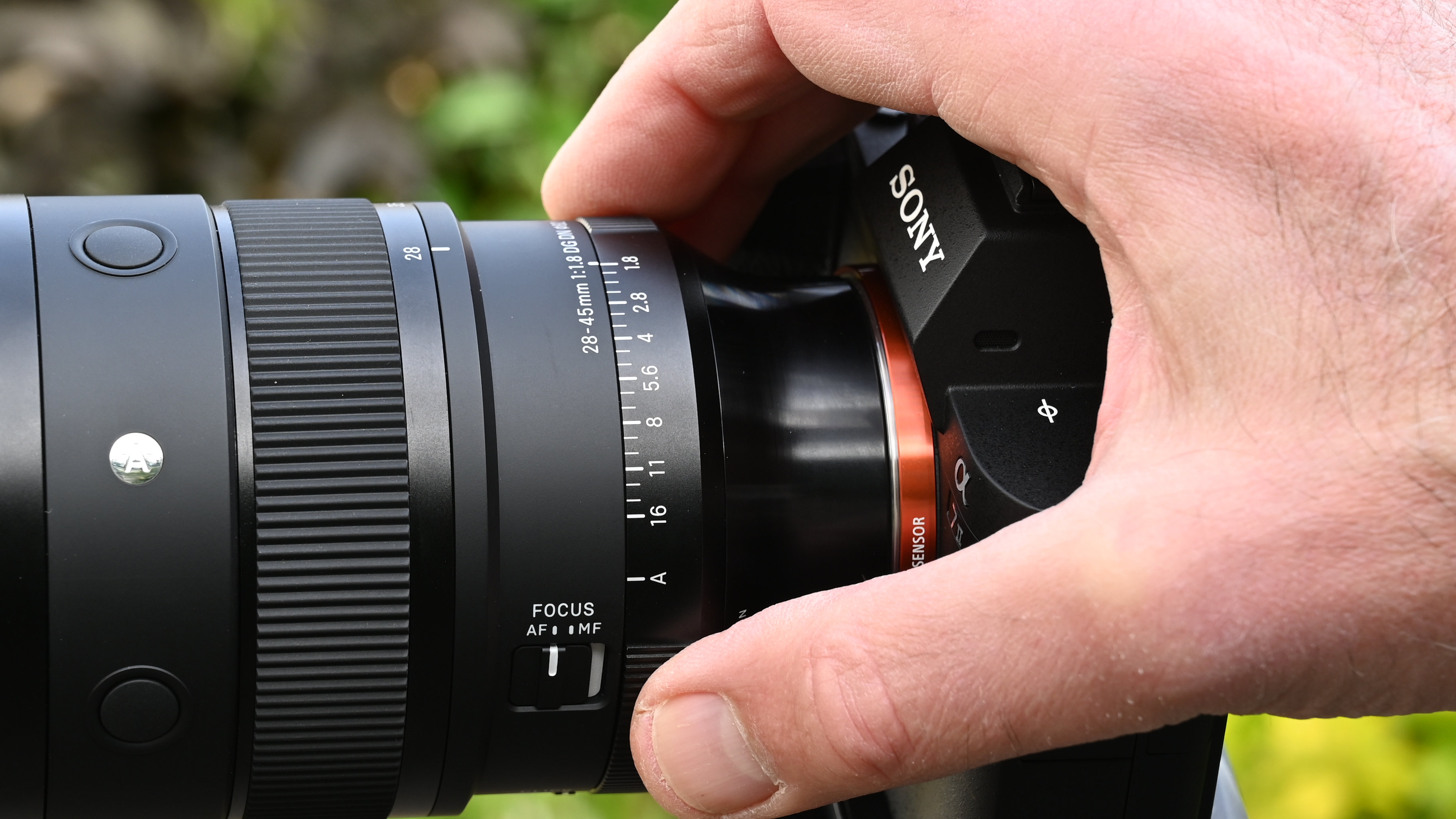Inside the eruption of Mount Doom: Behind-the-scenes of Rings of Power
Amazon and Arri share behind-the-scenes insights into the spectacular eruption of Mount Doom in Rings of Power

Amazon's The Lord of the Rings: The Rings of Power provoked a lot of criticism. For you it might have been your favorite show on streaming or a massive flop (37% of those who started watching made it to the end). Whatever side you sit on, we'll bet you can, at least, admit that the special effects, CGI, and photographic storytelling are a true masterpiece of cinematography.
In an in-depth BTS (Behind-The-Scenes) look at the epic moment of the eruption of Orodruin (Mount Doom), Amazon and Arri share with us the low-down on how they created such a dramatic moment in visual history.
You can view the full 17-minute feature below:
The Rings of Power was captured in large format with the Arri Alexa Mini LF and Alexa LF cameras combined with DNA LF and Signature Prime lenses supplied to the New Zealand-based production by Arri Rental, Munich. With multiple units shooting simultaneously and the pandemic restricting travel, the producers set up a sophisticated cloud-based editing workflow that depended on metadata supplied by the cameras and lenses.
A pivotal moment in season one of this prequel is the cataclysmic eruption of Mount Doom at the end of episode six, its aftermath providing the backdrop to the opening of episode seven.

Cinematographer Alex Disenhof ASC, who shot both episodes, chose this sequence as a perfect case study for this Arri featurette. He, and senior visual effects supervisor Jason Smith were interviewed on camera at the ARRI Rental HQ in London, while producer Ron Ames and visual effects producer Jesse Kobayashi were interviewed at Arri's facility in Los Angeles.
“When I hit the ground in New Zealand, one of the first things we had to tackle was how to shoot this post-apocalyptic landscape,” says Disenhof. Production designer Ramsey Avery provided some initial looks for the immediate aftermath in a village near the eruption, described by Jason Smith as “basically a version of hell.” The solution was a narrow color palette consisting purely of gradations of red and the yellow flames of multiple fires—a look so extreme that it needed the control of a studio environment.
The best camera deals, reviews, product advice, and unmissable photography news, direct to your inbox!
Disenhof rigged a sound stage with hundreds of Arri SkyPanel S60 and S360 LED fixtures behind muslin screens around and above the village set, allowing him to fine-tune the red color and create soft backlight in every direction. Fire and smoke on set were supplemented by VFX in post, adding more fires, airborne particles, and shadowy details in the background for greater compositional depth.

What Disenhof loved about working in large format with the Alexa Mini LF and Alexa LF was “the ability to shoot at my desired stop and still have a shallower depth of field, which was important in this scene because ultimately we did have a lot of visual effects and we wanted the world to be a bit hazy behind our characters, not just through smoke but through focus.”
From the studio scenes set immediately after the eruption, episode seven progresses through a series of visual transitions as the characters leave the village and eventually emerge to clear skies. These sections of the sequence were shot on location, with Disenhof matching the red color from the sound stage with tobacco filters of gradually decreasing intensity, finessed by on-set grading.
The mix of studio and location, and the incremental transitions from a red look back to normality, made the camera and lens metadata invaluable. “The journey of the metadata for this particular sequence was of extreme importance,” says Jesse Kobayashi. “Having all of that information from all those different departments all in one place, accessible to the VFX teams and to the post teams, was, I think, what made that sequence look as good as it did in the very end.”
Ron Ames describes the extent to which cloud computing was incorporated into the workflow of The Rings of Power as unprecedented. “ARRI has been there from the very beginning,” he says. “Alexa cameras and smart lenses all communicating together is really how cloud-based computing works.”
Despite the cutting-edge workflow, Disenhof says that the visual effects team “were essentially surrounding us with this tech bubble that we could just work within… it was actually one of the most freeing experiences I have had on this kind of level of filmmaking in terms of the technical side. I didn’t have to worry about any of it. We could just focus on telling the story.”
This behind-the-scenes look really shows the technological advances of the tools of the trade for cinematographers and filmmakers. Cloud editing is becoming a more regular occurrence and The Rings of Power clearly shows the extensive use case that cloud editing has in the world of cinema.
If you found this interesting we would recommend taking a look at the best cinema cameras on the market, while also casting your eyes over the best cine lenses to make your production look magical. While Amazon has not released its specifications for filmmakers, Netflix has, and if you want to send your production to the red streaming powerhouse you need to make sure your using the best Netflix-approved cameras.

For nearly two decades Sebastian's work has been published internationally. Originally specializing in Equestrianism, his visuals have been used by the leading names in the equestrian industry such as The Fédération Equestre Internationale (FEI), The Jockey Club, Horse & Hound, and many more for various advertising campaigns, books, and pre/post-event highlights.
He is a Fellow of the Royal Society of Arts, holds a Foundation Degree in Equitation Science, and holds a Master of Arts in Publishing. He is a member of Nikon NPS and has been a Nikon user since his film days using a Nikon F5. He saw the digital transition with Nikon's D series cameras and is still, to this day, the youngest member to be elected into BEWA, the British Equestrian Writers' Association.
He is familiar with and shows great interest in 35mm, medium, and large-format photography, using products by Leica, Phase One, Hasselblad, Alpa, and Sinar. Sebastian has also used many cinema cameras from Sony, RED, ARRI, and everything in between. He now spends his spare time using his trusted Leica M-E or Leica M2, shooting Street/Documentary photography as he sees it, usually in Black and White.


